Vietnamese table manners express the local people's characteristics. It will be a family-centered experience rich in tradition and delicious flavors that you can join.
In Vietnam, meals are the time for families to gather, share stories, and bond over. This tradition reflects the importance of familial connections and communication. Traditional table manners are still upheld despite modernization, showcasing respect and gratitude. Preserved across generations, these customs offer valuable insights for tourists and those considering long-term settlement or marriage in Vietnam. Let's explore how to eat like a Vietnamese with this article.
1. Getting to Know Vietnamese Dining Traditions
1.1. Concept of sharing dishes and family-style meals
Unlike in some Western countries, where each person has their own meal, Vietnamese people often cook multiple dishes for family members to share. Meals typically are put at the center of the table, encouraging communal dining and polite conversation. Although dishes like Pho or Bun Bo Hue are served separately, the family members still gather at a table to share common side dishes. This tradition promotes togetherness and reflects the importance of family and community, letting you experience the warmth and hospitality of Vietnamese dining.

1.2. Always showing respect to elders
In Vietnam, respecting elders is the foundation of both social etiquette and table manners. During meals, it is customary to invite elders to start eating first. Serving the elders food and drinks is considered a sign of respect. Therefore, if you are younger, you should wait until the elders start their meal.
Additionally, using polite language and gestures, such as addressing elders properly and offering them the best food portions, reinforces this respect.
1.3. Rice - the core of Vietnamese food
When traveling in Vietnam, many Westerners are often surprised by the abundance of rice-based dishes in every meal. This reliance on rice stems from Vietnam's deep-rooted tradition of wet rice cultivation, where rice serves as a cornerstone of the nation's culinary landscape.
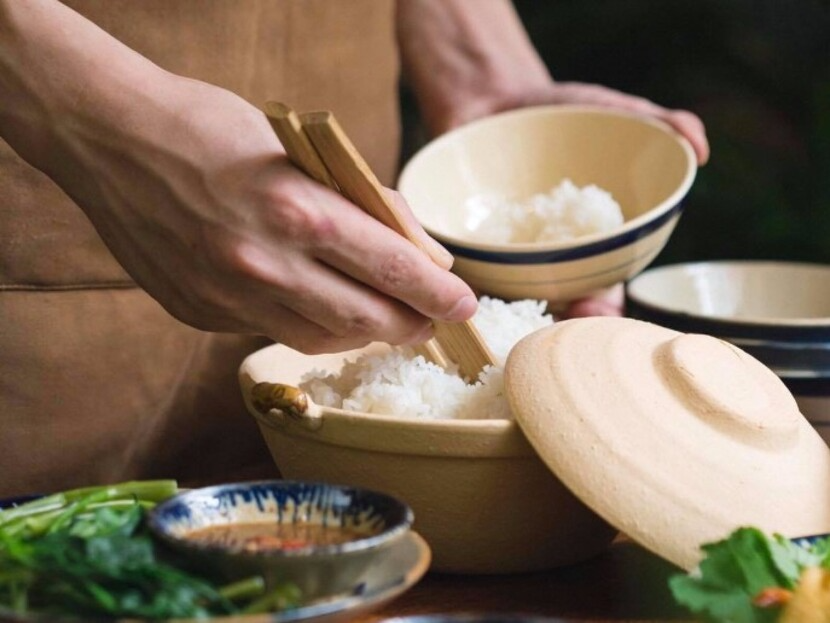
In Vietnamese culture, sharing a meal is colloquially called "ăn cơm," meaning "eating rice". Nowadays, rice is commonly prepared using electronic rice steamers and served alongside an assortment of meats, fish, and vegetables. Furthermore, rice is utilized in a myriad of specialty dishes, including rice paper, rice noodles, and fermented rice wine.
Throughout Vietnam, bustling "cơm" eateries (known as cơm binh dân) are scattered across every street corner, offering a diverse range of rice-centric dishes.
1.4. Gluten, vitamin, and protein in every meal
Lunch or dinner in Vietnam typically consists of one or two main courses accompanied by a vegetable dish and a serving of soup.
Main courses often feature a variety of meats, such as stewed pork, boiled chicken, grilled fish, or stir-fried beef with vegetables. These dishes are usually seasoned with a combination of spices, and sauces, creating a rich and savory flavor profile. Vietnam's tropical climate ensures a wide variety of vegetables available year-round, with popular options including water spinach (morning glory), chayote, and cucumber.
In addition to full meals with multiple dishes, Vietnamese people sometimes opt for simpler dinners consisting of just one dish, such as Pho or Quang noodles. Despite the simplicity, each dish contains the essential elements of a Vietnamese meal: a rice-based component, protein from meat or fish, and a serving of vegetables. This approach allows for a quick and satisfying meal, maintaining the balanced flavors and nutrients that Vietnamese cuisine is known for.

1.5. Tasting regional differences
Each region in Vietnam boasts its distinct culinary traditions, with unique preferences for spices, flavors, and cooking methods.
In the North, dishes tend to be light, with a balance of flavors that are neither too spicy nor bland, exemplified by the iconic Pho. Central Vietnamese cuisine, on the other hand, is characterized by bold flavors, with an emphasis on salty and spicy tastes, showcased in dishes like Quang noodles. In the South, sweetness takes center stage in many dishes, such as the renowned Saigon broken rice served with sweet and sour fish sauce.
To truly appreciate the diversity of Vietnamese cuisine, it's recommended to sample dishes from all three regions and discover which flavors resonate most with your palate.
>> Traditional Vietnamese Food: 17 Dishes You Can't Miss!
2. The Dos and Don'ts of Vietnamese Dining
2.1. Before the meal
Wait for Seat Stability
In Vietnamese culture, daily meals are a time for everyone to come together, share stories, and connect, thus deepening familial ties. As a result, meals typically commence only after all individuals have taken their seats and are ready to eat.
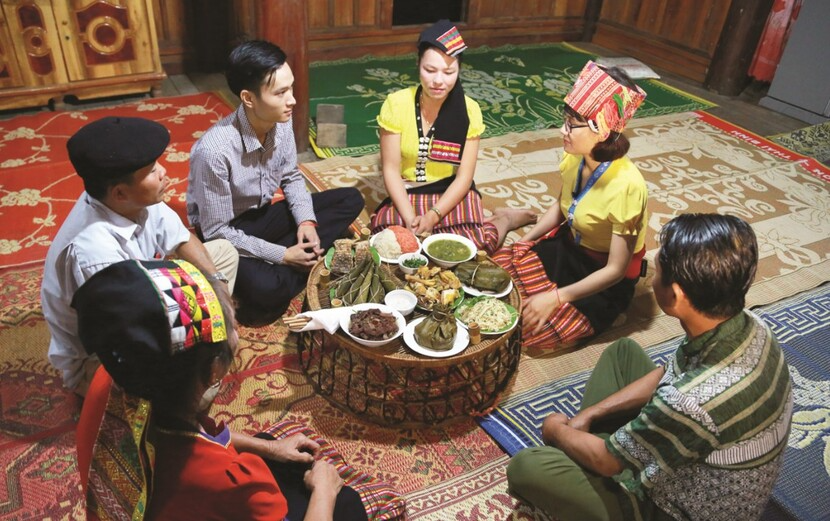
Wait until the oldest individuals start first
In traditional Vietnamese table manners, there is a cultural belief that the oldest or most esteemed individual should be the first to begin eating. Typically, in family gatherings, this role is often held by the father or grandfather, while at formal events such as company parties, it may be the highest-ranking individual who makes the first move.
However, there are exceptions to this practice, particularly when guests or partners are invited to join the meal. In such cases, hosts may extend the courtesy of inviting guests to commence eating first as a gesture of hospitality and goodwill.
Request Utensils Gracefully
In Vietnam, chopsticks and spoons are the primary eating utensils, replacing knives and forks commonly used in Western dining. If you find yourself in need of the latter, it's perfectly acceptable to politely ask the host for them. However, it's essential to do so respectfully and unobtrusively, avoiding any tones that could be perceived as demanding. Simply making a polite request with a smile is often enough to ensure your needs are met without causing any offense.
Communicate Dietary Restrictions
Vietnam is renowned for its culinary delights, offering a plethora of mouthwatering dishes crafted from diverse ingredients. However, some of these dishes may not agree with everyone's stomach. It's worth noting that Vietnamese cuisine often incorporates MSG, a common spice that can cause discomfort for some visitors. To ensure a pleasant experience and avoid any potential issues, it's advisable to inform your host about any allergies, dietary preferences, or restrictions you may have.
Seat Selection Clarification
In Vietnamese households, seating arrangements for meals are often predetermined, with each family member having their own assigned seat. When guests join, extra chairs may be added, but the seating order usually remains the same. Typically, seating is determined by the person who extended the invitation, but it's okay to ask if you're unsure.
During special occasions like weddings, it's common for men and women to sit separately. Additionally, individuals of similar ages often sit together for easier conversation. Children may also have their own table to prevent any disruptions during the meal.
2.2. During the meal
When taking or passing dishes and bowls, use both hands to show respect
In Vietnamese dining customs, using both hands to handle dishes and bowls is a meaningful practice that symbolizes respect for the food, the host, and fellow diners. This gesture also reflects the values of honoring elders and expressing gratitude for the meal and hospitality. Moreover, it ensures better stability and control, minimizing spills or accidents and contributing to a pleasant dining experience for all.
Refrain from eating directly from shared dishes
When picking up food, instead of putting it straight into your mouth, you should put it in your bowl first to help you avoid splashing the unwanted condiment onto your clothes or the table of people next to you. This thoughtful practice not only helps control portion sizes but also respects individual preferences, promoting a clean and enjoyable dining experience for everyone.
Avoid Flipping Fish
In fishing villages, especially in Central Vietnam, locals have a belief that fish represent boats setting out to sea, and turning over a fish signifies an inauspicious omen, similar to overturning a boat. According to tradition, you should only turn over the fish bones once you've eaten half of the fish. While this table manner isn't widely observed, it's considered polite to follow the host's lead rather than taking the initiative to turn over the fish yourself.
Refrain from digging into the dish to find specific pieces
Avoid rummaging through the dish to find specific pieces, as this is considered disrespectful. For instance, if you favor meat over vegetables, refrain from sifting through the greens to pick out what you prefer. This behavior may make others feel obligated to eat only what remains.
Don't leave your chopsticks sticking straight down into your bowl
Avoid leaving chopsticks sticking straight down into your bowl, as this gesture may resemble the incense sticks placed on an altar. In Vietnamese culture, it is believed that this position can attract evil spirits and bring bad luck or misfortune. Instead, place your chopsticks horizontally across the rim of your bowl when not in use to show respect and avoid any negative connotations.
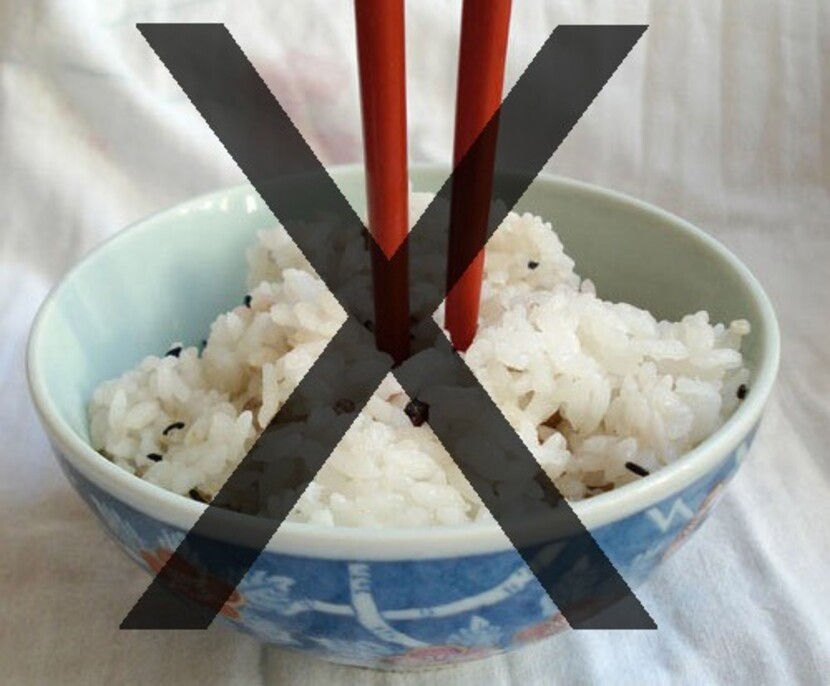
Keep your chopsticks quiet; avoid making unnecessary noises
Be mindful to keep your chopsticks quiet and avoid making unnecessary noises while eating. While it's acceptable to engage in small conversations during meals, excessive noise at the table is discouraged.
In Vietnamese culture, hitting bowls or dishes with chopsticks is considered impolite. Moreover, diners should refrain from slurping or chewing loudly and avoid talking with food in their mouth.
Avoid Dipping Chopsticks into Shared Bowls
When dining in Vietnamese households, it's common to encounter a large bowl of soup. While it's acceptable to use your chopsticks to pick up food from shared plates, refrain from dipping them directly into the communal soup bowl. Instead, utilize a ladle or an unused pair of chopsticks to serve yourself from the big soup bowl.
2.3. After the meal
Express Gratitude and Complimenting the Dish
If you are a guest, expressing gratitude and complimenting the dish are key to table manners. After a meal, it's polite to thank the host or cook by saying "Cảm ơn" (thank you) and "Món ăn rất ngon" (the food is very delicious). This shows appreciation for their effort and respect for Vietnamese culinary traditions.
Complimenting the dish often leads to warm smiles and conversation, making your dining experience more enjoyable and fostering good relationships with Vietnamese hosts.
Remain at the table until everyone has finished eating
In Vietnam, staying at the table is polite until everyone has finished eating. Meals are not just about food but also about bonding and sharing stories. Leaving early may make others feel rushed, so take your time to enjoy the food and conversation, fostering a deeper understanding of Vietnamese culture and daily life.
These are just a few basic traditional Vietnamese table manners, which can vary across different regions and cultures in Vietnam. The best way to learn is by participating in a family meal and experiencing the local traditions firsthand. Don't worry if you're not yet accustomed to them; Vietnamese people are hospitable and understanding, and they are happy to offer guidance to those who are unfamiliar with the culture.
Vietnam Tour Packages - Clear Prices!
See more:








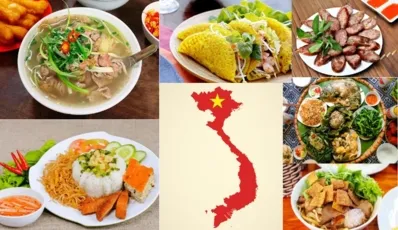
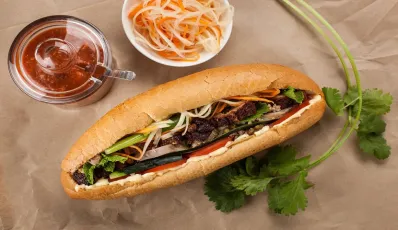

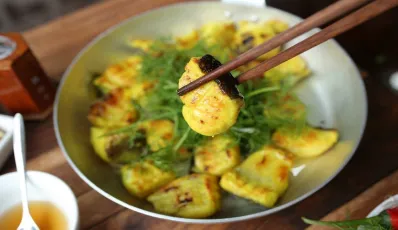
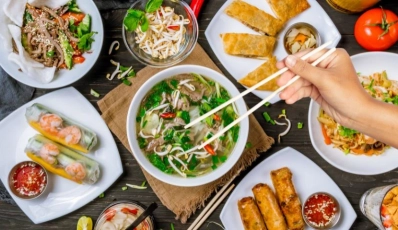
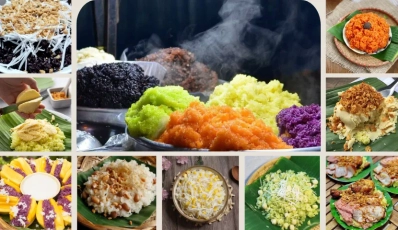
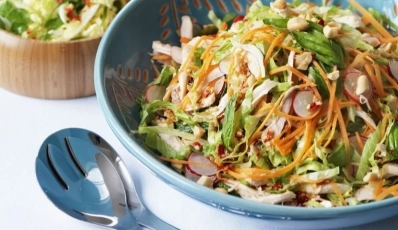





 TRAVELERS' CHOICE 2026
TRAVELERS' CHOICE 2026 


